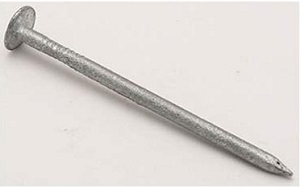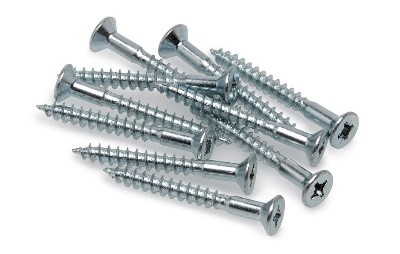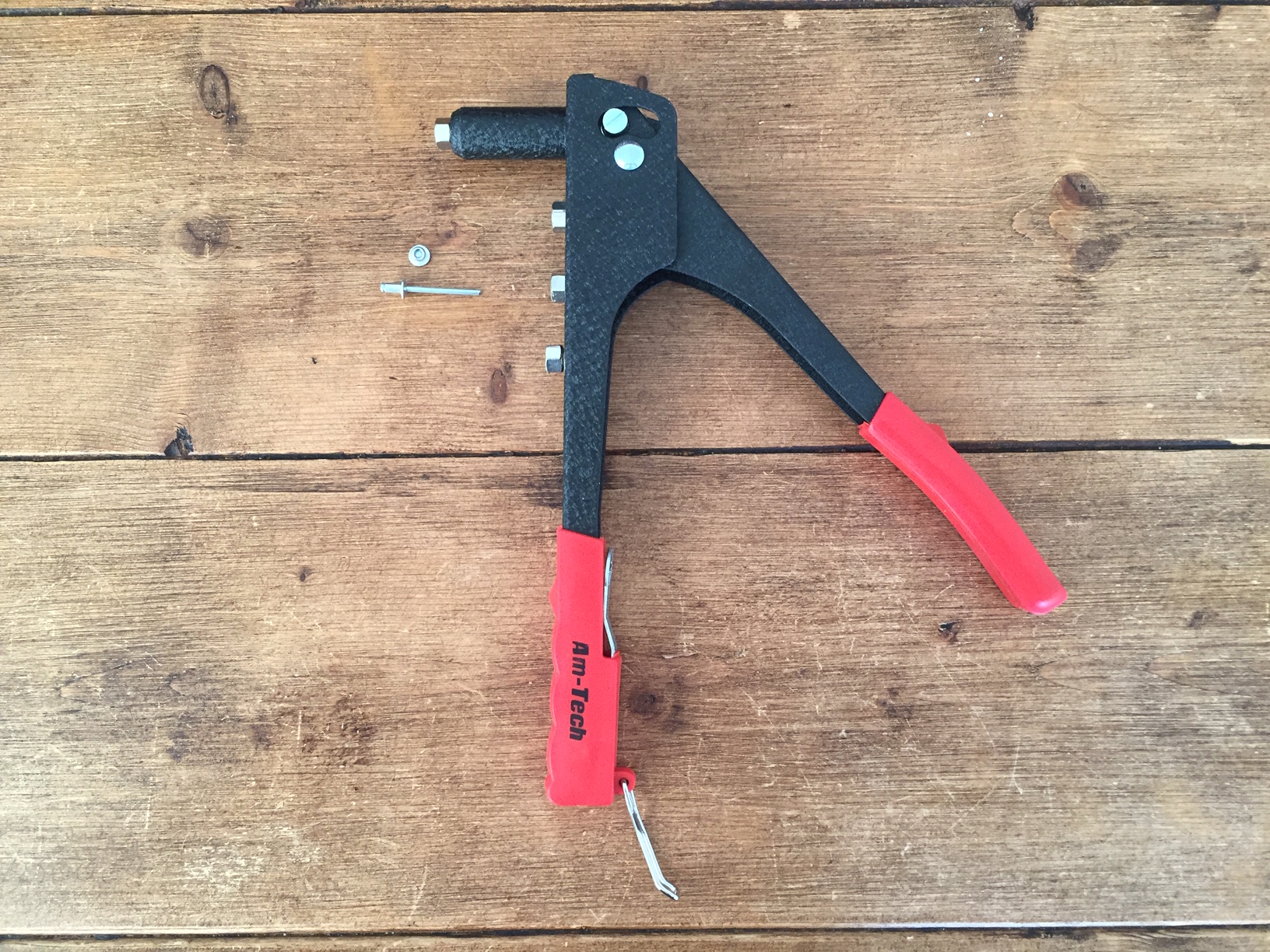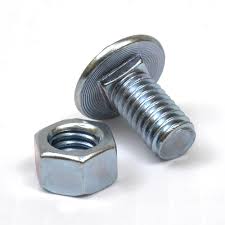Types of fixings

|

|

|

|
Contents |
[edit] Introduction
Fixings (or fasteners) are used to hold things together or to attach them to the surfaces such as walls, floors or roof. They are a form of connector and play an indispensable role in construction.
Choosing the right fixing for the particular job is important. Typical fixings include:
[edit] Nails
Nails are an ancient method of holding two items together and although crude, they are relatively cheap and simple to use. They are mainly used in timber applications for example, to hold together glued joints, for attaching plasterboard to walls and ceilings, and for nailing down floorboards and roof battens.
There are many types available and include:
- Round, plain-head wire nails
- Lath nail
- Clout nail
- Roofing nail
- Cut clasp nail
- Pipe nail
- Tack
- Upholstery nail
- Panel pin
- Staple
For more information see: Types of nail
[edit] Screws
Unlike nails which are hammered in, screws require fixing with a screwdriver. For this purpose, they come with various head shapes – slotted, cross-head (Phillips) or other – and in a choice of materials. When fixing materials together or attaching items to a wall, screws can be preferable to nails as they typically give a better clamping force and can also be removed and reinstated in a reverse process to that of fixing.
When used in masonry walls however, rawl plugs are required to give a better grip into the material being fixed into, whether masonry or concrete. In these applications, screws are not driven into the wall directly but into a rawl plug (usually plastic) that is inserted into a drilled hole. These are available in moulded or extruded plastic or the traditional fibre material. Expansion sleeves are also available for use with masonry nails and are used for fixing wall linings and skirting boards.
In woodwork, when screws are used with an adhesive, there is usually no need to temporarily clamp together the two pieces as might be needed when just using an adhesive.
Screws are typically made of mild steel, but are also available in corrosion-resistant stainless steel and brass. Some may also be plated with zinc, chrome or brass.
The typical elements of a screw are:
- The head, which determines which type of screwdriver can be used – e.g whether cross-head or slotted – and allows the screw to be driven. The screw head itself can take various forms according to the work in hand. These include countersunk, roundhead (or domed), raised head, mirror screws or pan head (self-tapping)
- The shaft, which comprises a shank (and which acts as a dowel) below the head, and the threaded portion which is generally around two thirds of the shaft length and ends in a point to allow easier starting.
Screws are usually described by their length and their shank diameter (gauge or SWG – usually a number from 1-20).
Other accessories that can be used with screws include caps, cups and sockets.
For more information see: Types of screw.
[edit] Nuts and bolts
A bolt is a type of fastener, usually made from metal, that commonly comprises a head at one end, a chamfer at the other, and a shaft characterised by an external helical ridge known as a ‘thread’. Bolts are typically used to hold materials or objects together, or to position objects.
The chamfer at the opposite end of the head provides a slightly bevelled edge which helps with inserting the bolt into holes and nuts. Bolts typically (but not always) require a nut which is applied via torque while the bolt is held in place (or vice versa). Vibration or dynamic loads may loosen nuts, necessitating the use of locknuts, lock washers or thread lockers which can provide resistance to loosening.
For more information see: Types of bolt and Types of nut.
[edit] Special plugs (anchors)
A range of special wall fixings are available which can be used to provide fixings in hollow walls. As the screw is turned into the anchor/ fixing, grippers expand to apply a force on the other side of the material, be it plasterboard or ply etc, thereby giving a good grip and fixing.
[edit] Rivets
A rivet is a mechanical fastener for making a permanent join between two or more metal sheets. Riveting is the act of fastening or securing two plates with one or more rivets. The rivet comprises a shank with a plain end (or tail), and a head on the other end. The rivet has proved to be one of the most reliable and safe means of fastening, forming a permanent and structurally robust join.
For more information see: Rivet.
[edit] Adhesives
Adhesives are bonding agents used to join materials by glueing.
For more information see: Adhesives.
[edit] Welding
Welding is a technique that can be used to join metallic components through the application of heat. It produces a secure and strong joint by combining two metals into one rather than other processes such as brazing and soldering that bond the pieces together.
For more information see: Welding.
[edit] Others
Other types of fixing include:
NB A fixture is '...an asset that is installed or otherwise fixed in or to a building or land so as to become part of that building or land in law’ (for example, a boiler)'. Ref HMRC
[edit] Related articles on Designing Buildings
Featured articles and news
A change to adoptive architecture
Effects of global weather warming on architectural detailing, material choice and human interaction.
How big is the problem and what can we do to mitigate the effects?
Overheating guidance and tools for building designers
A number of cool guides to help with the heat.
The UK's Modern Industrial Strategy: A 10 year plan
Previous consultation criticism, current key elements and general support with some persisting reservations.
Building Safety Regulator reforms
New roles, new staff and a new fast track service pave the way for a single construction regulator.
Architectural Technologist CPDs and Communications
CIAT CPD… and how you can do it!
Cooling centres and cool spaces
Managing extreme heat in cities by directing the public to places for heat stress relief and water sources.
Winter gardens: A brief history and warm variations
Extending the season with glass in different forms and terms.
Restoring Great Yarmouth's Winter Gardens
Transforming one of the least sustainable constructions imaginable.
Construction Skills Mission Board launch sector drive
Newly formed government and industry collaboration set strategy for recruiting an additional 100,000 construction workers a year.
New Architects Code comes into effect in September 2025
ARB Architects Code of Conduct and Practice available with ongoing consultation regarding guidance.
Welsh Skills Body (Medr) launches ambitious plan
The new skills body brings together funding and regulation of tertiary education and research for the devolved nation.
Paul Gandy FCIOB announced as next CIOB President
Former Tilbury Douglas CEO takes helm.
UK Infrastructure: A 10 Year Strategy. In brief with reactions
With the National Infrastructure and Service Transformation Authority (NISTA).
Ebenezer Howard: inventor of the garden city. Book review.
Airtightness Topic Guide BSRIA TG 27/2025
Explaining the basics of airtightness, what it is, why it's important, when it's required and how it's carried out.





















